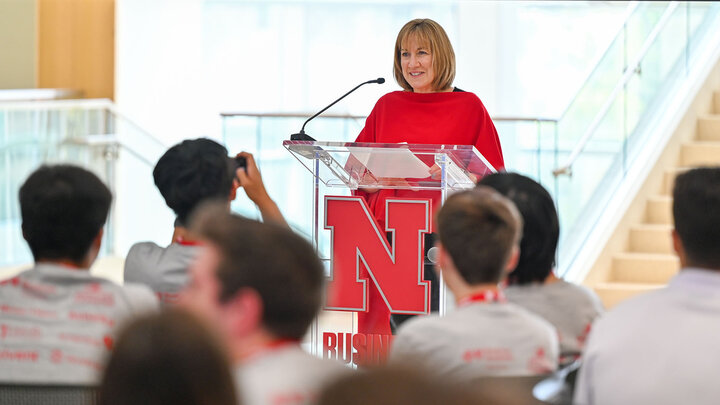As medical costs in the United States continue to climb, health care providers face mounting pressure to deliver high-quality care while managing expenses. A groundbreaking study by researchers at the University of Nebraska–Lincoln examines how group purchasing organizations (GPOs) can enhance supply chain efficiency and reduce patient care costs.
"Hospitals use a plethora of critical supplies such as syringes, radiology equipment, heart valves and coagulants for daily operations. Controlling the costs of supplies is critical to delivering cost-effective care because other avenues to cut costs are quite limited. Doctors must be paid a competitive salary, for example,” said Alok Kumar, Steve & Jennifer David Chair in Business and professor of marketing.
He noted that while most hospitals excel at providing medical care with "a deep bench of medical talent," managing supply chain costs often lies outside of their primary expertise. GPOs help healthcare providers realize savings by aggregating purchases and negotiating discounts with manufacturers and distributors.
"We examined how hospitals can leverage the interplay between GPOs and their supplier to enhance the hospitals' supply chain performance, which should lead to more effective and efficient patient care," Kumar said.
The research, "Impact of Buying Groups on Buyer-Supplier Relationships: Group-Dyad Interactions in Business-to-Business Markets," published in the Journal of Marketing Research, originated partly from dissertation work at Nebraska by Jennifer Skiba, '16, who now works at Missouri State University. She collaborated with Nebraska researchers including Amit Saini, department chair and W. W. Marshall College Professor and professor of marketing, who chaired her thesis; Kumar, who served on her committee; and Huanhuan Shi and Zhi Lu, who are now at Texas A&M.
The team found that GPOs benefit health providers, but the effectiveness varies.
"GPOs can support hospitals’ supply-chain outcomes by helping benchmark the supplier’s performance against the competition and fostering suppliers’ participation in the broader GPO community, composed of hospitals and suppliers," Saini said. "However, these benefits vary by how dependent the hospital is on the supplier in question and how well the hospital can directly coordinate the supplier’s deliverables on its own."
Broad Industry and Policy Implications
The findings include significant implications for not only health care but also industries like manufacturing, retail and food production that rely on collective buying groups.
“Within the health care sector, 97% of all hospitals use a GPO for procurement. A large GPO like Vizient touches over 50% of all U.S. acute care hospitals, representing more than $100 billion in annual purchases and generates over $30 billion in aggregate savings annually,” Kumar said.
The research also highlights the potential for policymakers, such as the Centers for Medicare and Medicaid Services and the Government Accountability Office, to use these insights to inform strategies for reducing health care costs.
"The cost of medical care is a long-standing issue in the U.S. In fact, recent news reports depict how this cost generates patient anxiety, distrust and even violence toward healthcare providers and institutions. Against this background, our work contributes to the discussion of how hospitals can contain and reduce the costs of patient care," Kumar explained.
Pioneering the Future
The study also represents a major academic milestone.
"It is the first paper within marketing — and likely across disciplines — to comprehensively analyze the governance role of organizational collectivities like GPOs using empirical data. While organizational collectivities are rampant, most of the literature has simply ignored them, viewing them as entities that are too complex to analyze tractably," Saini added.
Looking ahead, the researchers propose expanding their framework to study other multi-party alliances, such as those emerging in at-home care services.
“As hospitals increasingly collaborate with pharmacies, community health agencies and technology firms understanding how to coordinate these complex interactions will be critical for the future of patient care,” Saini said.




